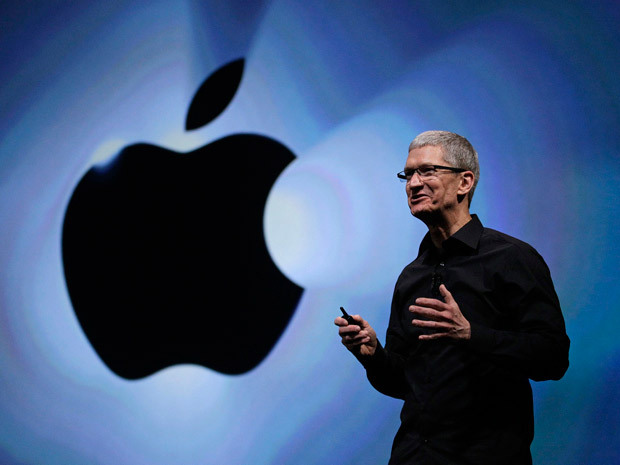
According to the most recent Bloomberg report, Apple will start manufacturing its own screens in 2024 as it starts to move away from Samsung. Recent reports also indicated that Apple will use in-house Wi-Fi and Bluetooth chips and their own 5G modem by 2025.
And now the report is that Apple is aiming to bring more components in-house and lessen its dependency on technology partners like Samsung and LG by beginning to employ its own custom displays on mobile devices as early as 2024.
Apple’s In-house screens by 2024
According to those with knowledge of the situation, the company plans to start by replacing the display on the most expensive Apple Watches before the end of next year. The firm intends to eventually add the displays to other products, including the iPhone, and they will replace the current OLED (organic light-emitting diode) standard with a micro-LED one.
The developments are a part of a larger initiative to switch from third-party to domestically produced parts, which will offer Apple more control over the appearance and functionality of its devices. In favour of its own designs, the tech giant has stopped using Intel Corp. CPUs in its Mac computers and intends to do the same with the iPhones’ primary wireless components.
Additionally, by manufacturing the screens in-house, Apple might eventually better tailor its products and keep a tighter grip on its supply chain. Wei Chen, who oversees Apple’s display technology group inside Johny Srouji’s Hardware Technologies division, is in charge of the project for Apple. With an update to its new premium sports watch, the Apple Watch Ultra, the company has started testing the microLED displays.
According to the article, the microLED panels will be Apple’s first screens created wholly in-house. Along with Samsung and LG, the company currently sources screens from a number of different producers, including Japan Display Inc., Sharp Corp., and BOE Technology Group.
According to information obtained by Bloomberg, Apple currently contributes 36% of LG Display’s revenue. Samsung receives around 6.6% of its sales from the creator of the iPhone, despite the fact that it competes with Apple in the smartphone industry in addition to acting as a supplier.
Apple had established a target to start converting to microLED screens as early as 2020, and work on T159, the project’s codename, began to pick up steam around 2018. However, many participating in the work claimed that the project stalled as a result of exorbitant expenses and technical difficulties.
Apple originally intended to integrate the technology into large displays, but due to safety concerns, it decided to prioritize its watch, which has a screen size of around 2 inches, as its first mobile device.
Despite having created the new displays and their production process, Apple will probably depend on a third party supplier to handle mass production. Apple’s 2024 aim could likely be delayed until 2025, according to some project participants. To ease the transition, the company might also merely provide a small number of new devices, as stated in the article.
Apple Display research and shift to microLED
Along with its efforts to produce an electric car, a mixed-reality headset, and important health features for its watches, Apple has so far invested several billion dollars in the project, which is regarded internally as one of the company’s most important projects. During the fiscal year 2022, the company invested around $26 billion in R&D.

For its future headset, which will employ technology comparable to the microLED screens coming to the Apple Watch, the company has also tailored the displays. Apple intends to introduce OLED technology to the iPad with the Pro model in 2024, while it will be some time before it switches the iPhone to microLED.
For Apple, the changeover to microLED has long been anticipated. When Apple acquired firm LuxVue, which invented microLED technology, the effort got under way in 2014.
